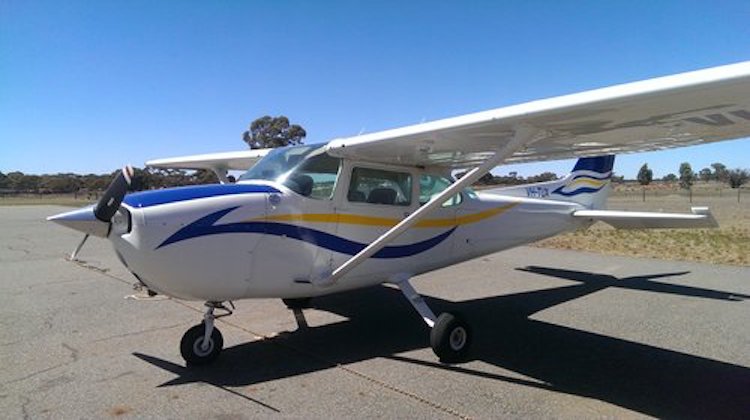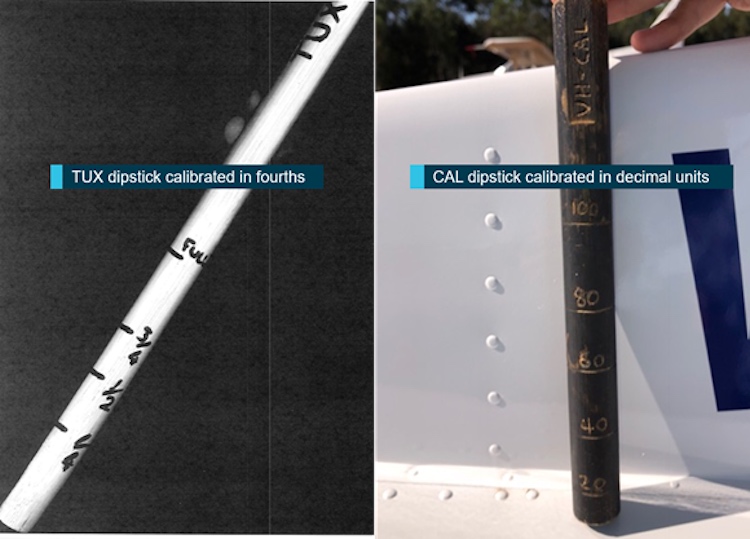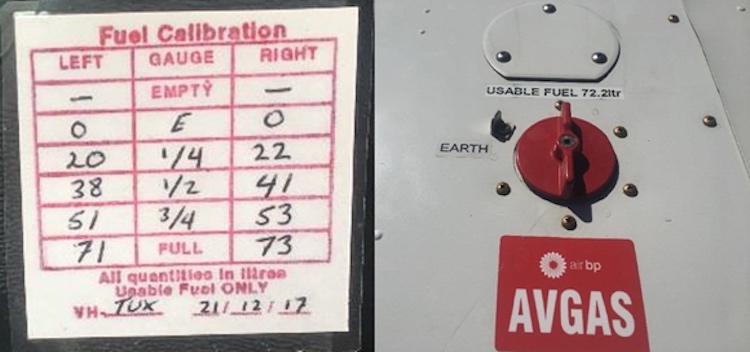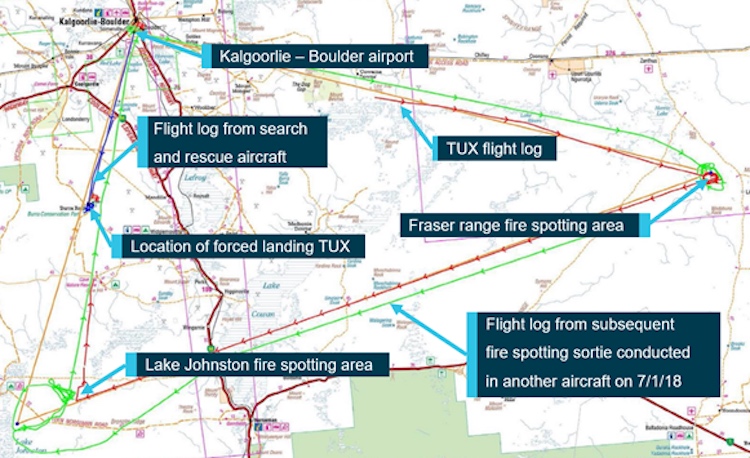
A Goldfields Air Services Cessna 172M had to make a forced landing into scrubland when inspecting fire fronts after running out of fuel because the pilot did not check the aircraft’s operating handbook, the Australian Transport Safety Bureau (ATSB) has found.
The incident occurred about 72km southeast of Kalgoorlie Airport in Western Australia on January 5 2018.
The ATSB final report published on Wednesday said that if the pilot had checked the operating handbook, he would have found an entry explaining that new wings on the aircraft, VH-TUX, had been fitted with tanks that carried less fuel capacity than the previous tanks.
The report’s safety message said that it continued to receive reports of fuel starvation and exhaustion, adding that it was important for pilots to educate themselves on the risks and controls associated with fuel management.
It also said methods for cross-checking fuel on board before flights was also published by the Civil Aviation Safety Authority (CASA).
The ATSB final report said the pilot had flown the aircraft numerous times before. However, on the day of the incident the Cessna 172M was on its first revenue paying flight following repairs and its return to service.
Apart from the installation of a new propeller, the report said the pilot noticed the aircraft appeared largely unchanged, failing to detect the reduced fuel capacity.
But the pilot did receive a hint that something was different when, during the daily inspection, he put a dipstick in the right-hand fuel tank and noticed it was graduated in fractions, not decimal increments as had been the case when he had flown the aircraft previously.
The ATSB report said the pilot did not dip the left tank as he intended to fill both tanks before departure and uploaded 45.9 litres of fuel between the two tanks, thinking this was consistent with his previous experiences with the aircraft.


Because the aircraft had just returned to line following evaluation flights after repairs, there were no trip sheets in the aircraft to indicate recent fuel history. As a consequence, the pilot reported a total fuel load of 180 litres based on an expectation that maximum capacity was 182 litres. However, the tanks on the new wings had a capacity of only 144 litres.
Before departure, the fire spotter that was joining the flight had identified a second fire-front that required inspection.
The pilot told the ATSB investigation that they planned their flight using the OzRunways electronic flight bag application and a Jeppesen circular slide rule. The ATSB report said this was “inconsistent with the operator’s standard operating procedures and instructions”.
Had he looked at the manual he would have seen a hand-written entry dated 22 December 2017 adjacent to the fuel section recording that the wings had been replaced and that fuel capacity was 144 litres. The entry also referenced a supplement for fuel consumption data.

But the ATSB noted that the change to the aircraft’s total fuel tank capacity (and corresponding reduction in the aircraft’s endurance) was not formally published in the operators’ Air Maestro Safety Management System that would have alerted line pilots of the significant modification to the aircraft prior to its return to service.
As a result of thinking there was more fuel in the tanks than there actually was, the aircraft made a forced landing in scrubland 72km from Kalgoorlie Airport, where it was heading after two fire spotting inspections in the Lake Johnstone area – the first 232 kilometres from Kalgoorlie and the second 289km south-west from the first inspection.
Both the pilot and fire spotter on board the aircraft were unharmed by the forced landing. However, the pair had to walk a kilometre to Burra Rock Main Dam to get mobile phone reception as neither the VHF radio or phone worked where they landed.
During the flight, the engine speed began to reduce steadily toward idle, forcing the pilot to switch between fuel tanks and adjust the mixture and throttle settings. This resulted in the engine speed momentarily increasing before returning to idle.
Preparing for a forced landing on a dirt road, the pilot realised the aircraft’s glide range would be insufficient and identified an area of less dense scrub and landed the aircraft with minimal damage.
ATSB said the pilot’s flying instructor experience instructing student pilots on the procedures for an engine restart and practiced forced landings likely aided in managing workload during the emergency and led to the successful forced landing.
The investigation found the pilot’s in-flight fuel management resulted in insufficient endurance to safely conduct the planned flight and the aircraft exhausting its useable fuel supply.
“During the accident fight, the pilot observed a steady decrease in the indications on the fuel gauge, but the pilot discounted the accuracy of the indications,” the ATSB final report said.
“The pilot’s in-flight fuel management was likely based on the expectation of the aircraft’s endurance, rather than crosschecking the expected fuel burn against the fuel burn achieved during flight at the 30-minute intervals required under the operator’s standard operating procedures.
“Further, the pilot’s pre-flight planning was inconsistent with both the regulatory requirements for flight planning and preparation, and the operator’s own electronic flight bag administration and in-flight fuel management procedures.”
The full report can be read on the ATSB website.











